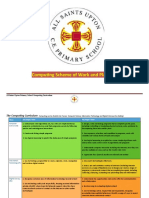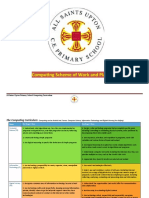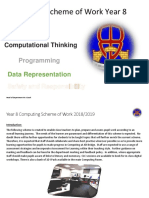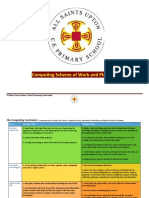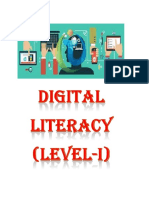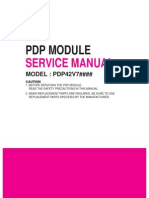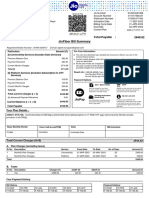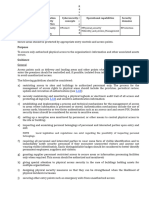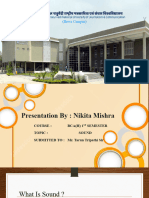0% found this document useful (0 votes)
41 views5 pagesUpper ICT
The Year 5 IT Scheme of Work provides a structured curriculum aimed at developing digital literacy, computational thinking, and online safety skills over three terms. Each term includes specific units focused on computer fundamentals, programming, data handling, and creative digital media, with hands-on activities and assessments to reinforce learning. General teaching strategies emphasize practical engagement, collaboration, and real-world connections to enhance student understanding of IT concepts.
Uploaded by
nachito64114Copyright
© © All Rights Reserved
We take content rights seriously. If you suspect this is your content, claim it here.
Available Formats
Download as ODT, PDF, TXT or read online on Scribd
0% found this document useful (0 votes)
41 views5 pagesUpper ICT
The Year 5 IT Scheme of Work provides a structured curriculum aimed at developing digital literacy, computational thinking, and online safety skills over three terms. Each term includes specific units focused on computer fundamentals, programming, data handling, and creative digital media, with hands-on activities and assessments to reinforce learning. General teaching strategies emphasize practical engagement, collaboration, and real-world connections to enhance student understanding of IT concepts.
Uploaded by
nachito64114Copyright
© © All Rights Reserved
We take content rights seriously. If you suspect this is your content, claim it here.
Available Formats
Download as ODT, PDF, TXT or read online on Scribd
/ 5



















